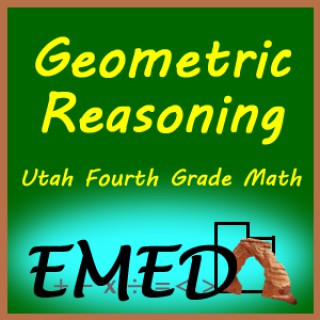
Data & Probability
Follow Data & ProbabilityThis is a feed of pages for Data & Probability
- May 17, 2011 LATEST EPISODE
- infrequent NEW EPISODES
- 10 EPISODES
More podcasts from EMED
Latest episodes from Data & Probability

b. Collect, read, and interpret data from tables, graphs, charts, surveys, and observations.

d. Identify and distinguish between clusters and outliers of a data set.

a. Identify a question that can be answered by collecting data.

a. Identify a question that can be answered by collecting data.

a. Describe the results of experiments involving random outcomes as simple ratios (e.g., 4 out of 9, 4/9)

a. Use the results of simple probability experiments, with and without replacement, to describe the likelihood of a specific outcome in the future.

a. Use the results of simple probability experiments, with and without replacement, to describe the likelihood of a specific outcome in the future.

a. Conduct simple probability experiments, with and without replacement, record possible outcomes systematically, and display results in an organized way.

a. Describe the results of experiments involving random outcomes as simple ratios (e.g., 4 out of 9, 4/9)

a. Describe the results of experiments involving random outcomes as simple ratios (e.g., 4 out of 9, 4/9)












